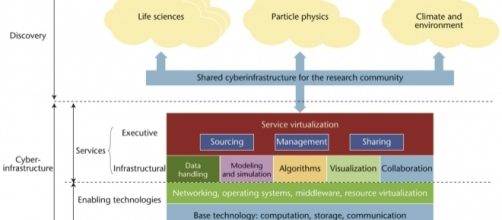Cyber communities are car-free cities that are built from scratch using high-tech, modular elements. They are the continuing iteration of a body of thought that has existed for more than a half-century. Today as the recent news of growing car-free cities attests we are at the cusp of seeing cyber communities emerge as an evolution not only in building but in the ethical and social progress of humankind.
This is but one iteration of cyber communities. Like anything truly creative today, it is a concept that will have a large number of contributors and collaborators.
12 cities that are starting to go car-free https://t.co/M19hnAZEIF via @sai
— Stephen C. Rose (@stephencrose) July 16, 2017
Reviving the first London
A city with no cars should be no more than a mile from side to side, like London was at the start. It can be almost any shape. A car-free city should be walkable. It should have no more than four levels. Its population can vary but 10,000 is close to being the max,
Integral and social
Cyber communities intentionally incorporate all elements of living -- work, play, residence and so forth. They enable the emergence of a walkable environment where much of the world is within a few paces. Sociability is taken for granted.
Domes and such
Cyber communities combine two concepts relevant to construction.
The bearing, heavy lifting, conductive element in cyber communities will be a matrix that has the strength and suppleness needed to support the levels of the communities, to conduct necessities in and waste out, and to be a shield against threats such as weather emergencies.
The matrix is an evolution of the construction we associate with geodesic domes and stadiums.
Build your own
A cybercommunity will contain structures that can be created with the flexibility we associate with stage settings. Materials like graphene will become the idea behind thin and strong modular panels and other elements that can be joined in all manner of iterations. The genius of cyber communities lies in the capacity of ordinary persons to determine what they want in space and environment.
Secure and local
Private and public in cyber communities is as follows. Privacy would be limited to a room (private space) for each individual regardless of age. Other spaces would be semi-private, semi-public and fully public. A "city" within a cyber community would be some 300 persons. Each city would have its own security in the person of residents trained to serve as a 24-7 resource.
More info
Cyber communities would be joined by surface transportation along hyper loop principles. Recent articles on cyber communities are available here on Blasting News.


